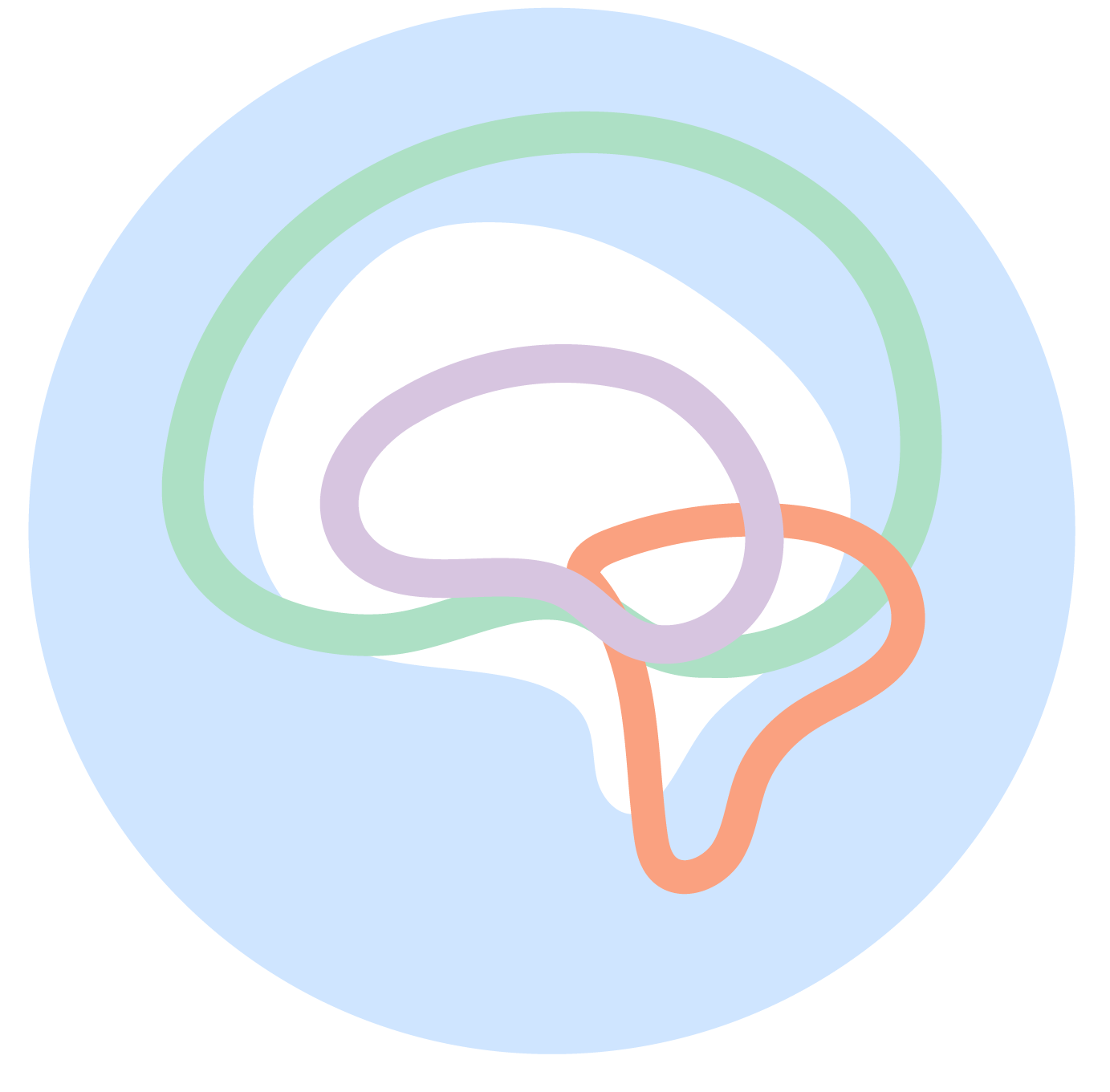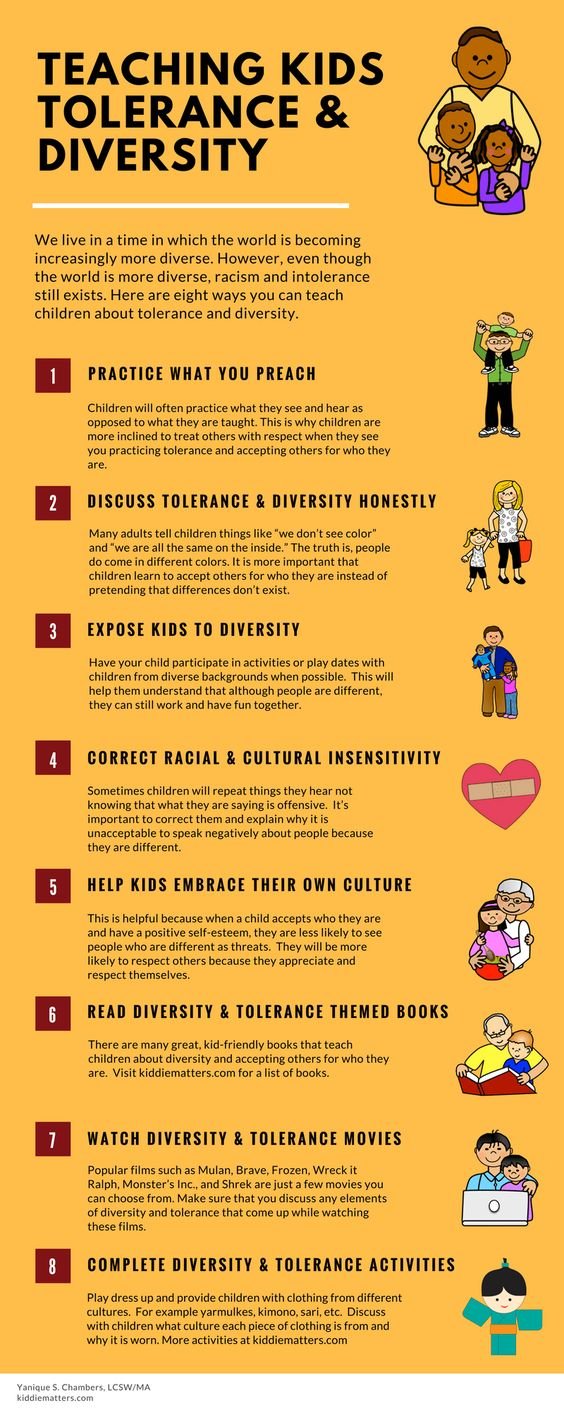Teaching Children about Diversity and Acceptance
Our world is a beautiful fabric woven with rich threads of history, culture, and diversity. Teaching children about diversity is a crucial aspect in helping them navigate the world as they develop consciousness and awareness about their surroundings. As children look to us on how they should behave, we as adults, siblings, parents, educators, should encourage children to accept, embrace, and value diversity in themselves and others. This fosters resilience within them, better social relationships, and openness to new experiences and groups of people.
What is diversity?
Diversity includes all the human differences, such as, but not limited to, race, ethnicity, gender identity, sexual orientation, socioeconomic class, physical or mental abilities and attributes, religions, value systems, national origin, immigration status, language, communication styles, family structures, and more.
What is inclusion and acceptance?
Inclusion is empowerment. Inclusion is recognizing and respecting that all people have inherent worth and dignity. Inclusivity promotes and nurtures self-worth, sense of belonging, and respect for all people from all walks of life.
People naturally gravitate towards understanding their environment through categorization, with stereotyping as a result. However, if we don’t practice being mindful of how we ‘group’ people in our minds, we will start to separate ourselves from those that are different from us. We play an active role in setting an example for children, so we should use intentional tools to teach diversity and acceptance. Here are some specific tools that I have gathered to help you and I start:
Use Kind, Mindful Language
Being more aware of the language that we use in our day to day is key. It is natural that we have implicit biases that developed over our course of life and our own course of learning. However, this doesn’t mean that we cannot be aware of them. We may sometimes use explicit remarks that cause divide between groups of people, even if it may not sound explicitly negative, such as ‘She’s pretty good at math even for a Chinese person’. Remarks like these can instill an idea that certain groups of people are supposed to excel at subjects compared to others. If we see a girl playing with toys that seem more masculine or boys interested in more feminine play, we shouldn’t make comments and remarks that discourage them from exploring their interests.
2. Kind Action
Our body language is another aspect of our behaviour that we can be more aware of. We can unconsciously act standoffish to individuals that we are not familiar with or other racial or ethnic groups. If we’re able to develop more awareness about our nonverbal behaviours, we will start treating people with more equality and equity. Microaggressions are the verbal, behavioural, or environmental slights that signify hostile, derogatory, or prejudiced attitudes towards individuals from marginalised groups. Microaggressions can be intentional or unintentional, yet the action still carries a negative impact. If we can minimize the ways that our subtle behaviour can harm others, we can be a better role model for children as well.
3. Increase multicultural experiences
If we really make an effort, we can become engaged in multicultural experiences no matter where we are. Diverse experiences lead to new perspective and openness towards changes. Traveling to new countries or cities with different cultures from our own is one of the quickest ways to broaden our mental horizon. However, travelling may not be accessible to everyone. Even trying new cuisines from other countries in your local area can be stepping out of your comfort zone. You can also pick a recipe to make at home from another cuisine and learn more about the history and culture behind the dish. Introducing children to new groups, or community cultural events such as a Lunar New Year parade in Chinatown or Diwali festivals will help you and them discover new things about themselves and others.
4. Redirect Intolerant Behavior
If you witness your child acting or making judgements in a way that is derogatory towards diverse groups, you can speak to them about it. It is not enough to just tell them that it is bad; you must explain the ‘why’ for deeper understanding. Let them know that how they act or what they say can have a real negative impact on others and invite them to role-play. How would they feel if someone made a remark about them or acted that way towards them? What is a different way to act that is kind and equal? If we see others acting in harmful ways towards diverse groups, such as other family members or even people we see on TV, we can also speak out. This not only sets a great example for children, but it also helps them speak out for others if they witness hurtful words or actions from others.
Diversity Activities
Create Artwork from Other Cultures
The whole family or classroom can get together and create artwork from another culture. There is so much history and story behind artwork that reflects core values of other cultures that is a fun activity and great learning experience! We’ve found some that you can get started on:
Read Books about Diversity and Inclusion
Kids love reading. These stories that they hear shape the way they think and interpret the world around them. We’ve found some great resources with great book suggestions that you can check out:
Virtual Field Trips
What kid doesn’t love an excuse for more screen time? Another easy diversity activity is taking advantage of the technology that we have and using it to explore the world. We can watch Youtube videos about other cultures and even ‘walk’ the streets using Google Map’s street view feature. Step out your virtual comfort zone and drop a pin anywhere on Google Maps and go for a virtual walk in an unfamiliar neighbourhood. This can help children become curious and open to travelling and experiencing diversity in the world going forward.
Here is also a simple infographic to help you get started:


